I wrote this song for my friend Leann Schuering. We went to college together and – OK, just go read her blog, she already explained this whole thing!!
Just to Sing from Leann Schuering on Vimeo.
Musician
I wrote this song for my friend Leann Schuering. We went to college together and – OK, just go read her blog, she already explained this whole thing!!
Just to Sing from Leann Schuering on Vimeo.
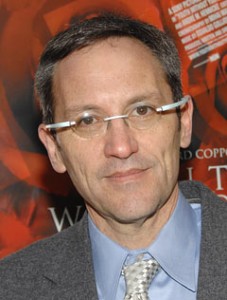 Osvaldo Golijov (1960 – )
Osvaldo Golijov (1960 – )
Sidereus
Osvaldo Golijov is the composer of such blockbuster classical hits as The Dreams and Prayers of Isaac the Blind and the toe-tapping Pasión según San Marco:
Mr. Golijov’s pieces often have more the flavor of an ethnomusicological exploration, which makes a certain amount of sense for a composer of Argentinian birth who grew up on klezmer and tango and who has also lived in Israel and the U.S. [Although, is it really ethnomusicological if it’s actually your ethnicity? Discuss.]
Anyone who attended Thursday’s lecture was privy to insights from the work’s dedicatee, Mr. Henry Fogel. Boosey & Hawkes has provided an equally enlightening interview with the composer about the genesis of the work. You can listen to the work online in a performance conducted by Mei-Ann Chen (who gave the première in October 2010 in Memphis) with the New England Conservatory Philharmonia. Also of note is Mr. Golijov’s growing filmography since becoming the go-to composer of Francis Ford Coppola.
Lest there be any confusion, the title of Mr. Golijov’s latest work, Sidereus, is in no way meant to sound like an hilarious mispronunciation of the next composer on the program.
Jean Sibelius (1865 – 1957)
Violin Concerto in D minor, Op. 47 (1903, rev. 1905)
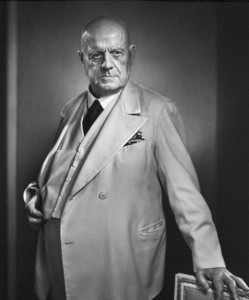
Sibelius’ violin concerto is far and above my favorite work in the genre, and one of my favorite works by the composer. In fact, it’s one of the first pieces that got me into classical music. You can view an introduction to the work here by the violinist Ida Haendel, who actually received a letter of appreciation from Sibelius after he had heard her performance of the work, and whose Wikipedia entry actually says the following:
She has the reputation of being as accomplished and brilliant a violinist as Yehudi Menuhin and Isaac Stern; but has said that had she been more photogenic, she would have been as famous.

Ida Haendel

Yehudi Menuhin and Isaac Stern, two violinists who Ida Haendel was not as attractive as
People sometimes said the same thing about Sibelius himself, but never to his face (see above).
But seriously folks, if you’re really into the Sibelius concerto, it’s worth your 10 bucks to invest in Leonidas Kavakos’ recording of the 1903 and 1905 versions of the work. He is still the only artist to record the 1903 version, due to the Sibelius family’s wishes, which is pretty impressive. He is also way, way hotter than Ida Haendel.
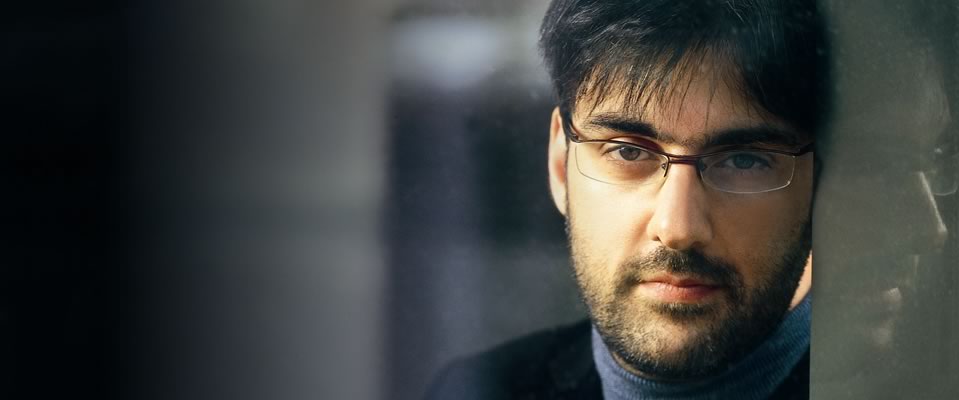
You’ll get to hear the intricate, Bach-like second cadenza that Sibelius later cut from the first movement of his concerto:
amongst many other interesting tidbits.
Dmitri Shostakovich (1906 – 1975)
Suite from Lady Macbeth of the Mtsensk District
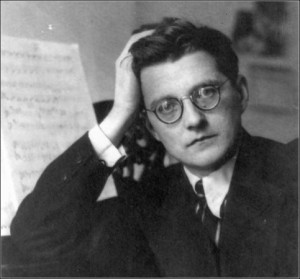
OK, first of all, if you’re anything like me, you’ve always wondered just where IS the Mtsensk District. It’s here:

The rest of this discussion I’m gonna cut and paste from my March 4, 2010 post about Shostakovich’s Symphony No. 11:
Shostakovich’s troubles with the government began in the year 1936, at which point Joseph Stalin, eager to send a message to the artistic community, denounced Shostakovitch’s opera Lady Macbeth of the Mtsensk District as immoral and anti-soviet. Let’s watch a bit of the opera and see if we can spot anything that Stalin may have found objectionable. Remember to look very closely now:
At first glance, it looks pretty tame, but that Stalin always had a fine eye for detail. Anyhoo, that led to this very famous headline from the Soviet newspaper Pravda:
which roughly translates to “Muddle instead of Musicâ€, and which began a nightmarish 20 year period of heavy government repression and scare tactics aimed at keeping Shostakovitch in line.
I’d like to recommend two more valuable resources pertaining to Shostakovich’s music and life:
The first is the audio guide to chapter 7 of Alex Ross’s phenomenal book, The Rest is Noise. Even if you haven’t read the book or don’t have a copy handy, the audio guide gives you a nice synopsis of the chapter on music in the 1930′s and 40′s USSR.
The second is an article by everybody’s favorite Slovenian Marxist-Lacanian-psychoanalytic philosopher, Slavoj Žižek, entitled “Shostakovich in Casablanca“. In this article, Žižek compares Soviet repression of classical music to the Hollywood Hays code, in terms of what the censors expected and how an artist was meant both to abide by the code and simultaneously to circumvent it. He posits that Shostakovich found whatever success he could with the Soviet regime because he understood this Janus-faced censorship, whereas Prokofiev just couldn’t figure it out.
This concert featured pieces by four composers who were all innovators in the areas of harmony, orchestration, musical form, and music-drama. Here’s some examples of what they did and where they came from:
Carl Maria von Weber (1786 – 1826)
Below is the first part of the famous “Wolf’s Glen” scene in Der Freishchütz. Note Weber’s use of low, dark orchestral string colors and demonic shrieks from the woodwinds to represent cavorting with dark powers in this eerie space. The arrival of Max, the young gamesman, is accompanied by bright horn calls, our constant reminder that he is a man of the hunt.
[The production below, overall, is pretty cool and certainly very striking. If you are easily offended by rabbit pornography, however, I’d recommend skipping 1:40 – 1:50.]
Hector Berlioz (1803 – 1869)
The best part about researching 19th century composers is getting to read their own writings. This is especially true in the case of Berlioz. Never has there been or will be a more over-the-top, extravagant musician or man, prone to bouts of depression and, especially, exaggeration. Berlioz’s Memoirs make for immensely entertaining reading, and I recommend them highly. All you have to do is look at some of the chapter and page headings:

—

—

—
 —
—

Berlioz’s memoirs take us back to a time when artists still presented themselves passionately, vividly, fearlessly. In recent times, this seems to have gone out of fashion.
Richard Wagner (1813 – 1883)
The Civic Orchestra concert included the little known Wagner work Eine Faust-Ouvertüre. Another work dating from around the same period (1839 – 40) is the overture Wagner wrote for the German playwright Guido Theodor Apel’s Columbus. Here’s what it sounds like:
Wagner presented this piece on a concert that was attended by Berlioz. He writes in Mein Leben about the experience of presenting this work in Paris:
One great objection was the difficulty of finding capable musicians for the six cornets required, as the music for this instrument, so skillfully played in Germany, could hardly, if ever, be satisfactorily executed in Paris. I was compelled to reduce my six cornets to four, and only two of these could be relied upon.
As a matter of fact, the attempts made at the rehearsal to produce those very passages on which the effect of my work chiefly depended were very discouraging. Not once were the soft high notes played but they were flat or altogether wrong. In addition to this, as I was not going to be allowed to conduct the work myself, I had to rely upon a conductor who, as I was well aware, had fully convinced himself that my composition was the most utter rubbish – an opinion that seemed to be shared by the whole orchestra. Berlioz, who was present at the rehearsal, remained silent throughout. He gave me no encouragement, though he did not dissuade me. He merely said afterwards, with a weary smile, ‘that it was very difficult to get on in Paris.”
Arnold Schoenberg (1874 – 1951)
Schoenberg is so well known both by lovers and haters of 20th century modernism as its radical founding father, that it’s interesting to remember his firm grounding in the Wagnerian Romantic tradition:
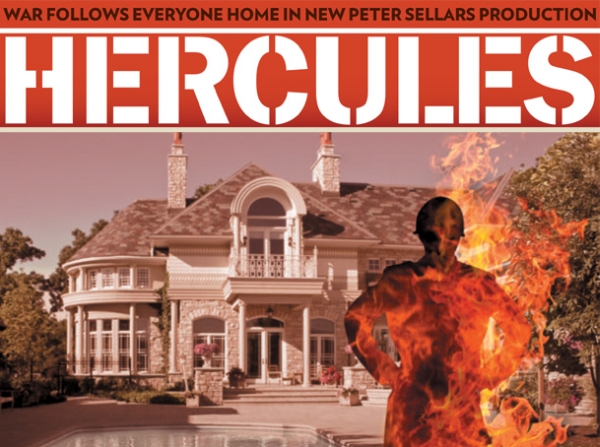
I don’t want to be a professional critic. I don’t enjoy pointing out the many flaws in a bad performance or work of art. I do enjoy promoting the works that I like, but only the luckiest professional critics can indulge in this activity on a regular basis. Or the least honest ones.
I frequently turn to these critics for their opinions, though. Especially after films and operas, rarely after concerts. I almost never consult their opinions before I see or hear a work. Usually I want to see if they agreed with me. Sometimes I’m left with an impression of a piece, but I’m at a loss to describe why I feel a certain way, so I turn to a good writer to help me analyze my own opinions.
When time and resources allow, I try to get a representative sampling of critical opinions. Rotten Tomatoes is great for this – whether or not I liked a movie, I always read at least one review from the opposite side of the aisle.
I’m compelled to write criticism of the Lyric Opera’s new production of Handel’s “Hercules” because I don’t see my opinion expressed in any of the major media outlets, namely the Chicago Tribune and the Chicago Sun-Times. In fact, it’s not even in any of the bitchy Chicago theater blogs. So this post is for anyone who saw “Hercules” and wasn’t convinced by the von Rheins and Patners of the world. An opposing voice to at least create a discussion.
Peter Sellars’ production was a total misfire. Not even a misfire – a malfunction. No, not even a malfunction. This was like a wiry little kid armed with a beat-up, seventy-year-old machine gun lazily spraying it all over the stage.
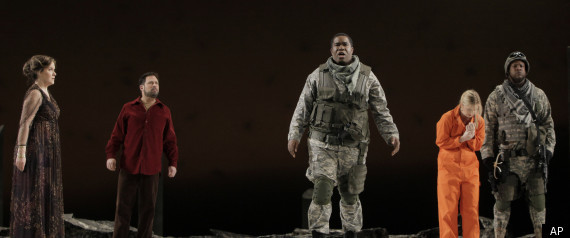
Mr. Sellars had a concept. It had something to do with post-traumatic stress disorder and America’s role in the Middle East. I’m guessing he thinks both are bad. His concept was less directed than costumed. Cast members wearing contemporary American Army uniforms were juxtaposed with others wearing… something else. I’m not sure what it was. The gowns looked like they were recycled from a 1965 production of Cendrillon. Or from this.
Other than that, I’m not sure where the concept was enacted. I doubt Mr. Sellars gave the matter any further thought. What I saw on stage was a collection of half-formed, ill-conceived ideas. Why was the Lyric Chorus performing a Differently Abled-appropriate rendition of the Macarena to this chorus? We may never know.

Musically, this was an excellent effort. Harry Bicket‘s conducting was inspired, and the orchestra sounded wonderful. Lucy Crowe was exquisite beyond words. The only weak link was Eric Owens as the title character. I have no idea what he was doing on the stage. His voice did not in any way suit the material or match the style of the other singers in the cast. Not to mention, if I were going to play the role of Hercules, I might stop by the gym a couple times before opening night.
But of course, this is Opera.
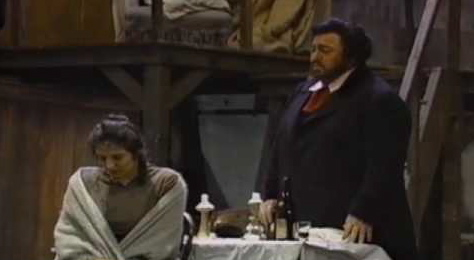
Portrait of a starving artist
The music is gorgeous, but the score needs cutting. I know we’re all supposed to be living in some new era of refinement and intelligence, and we’re supposed to love us some 2 hour acts of da capo arias. But Baroque Opera is a tricky thing in that it existed before the invention of “plot”. A good, creative director can go a long way to helping us love the music for what it is.
It’s nice that Peter Sellars arranged for meetings with Iraq War Veterans and involved other community organizations. Perhaps the Lyric Opera should consider hiring him for their Outreach Department. Nobody should consider hiring him to direct any more operas. This was a truly bad production.
The Big Picture lesson here is one about projects and art and suitability. There are certain subjects out there. There are certain media as well. If you’re an artist, there are two ways to go about matching them: you can either say to yourself, “There’s a topic that I really care about. What is the best form for me to communicate and express it?” OR, “I’m involved in x project/medium, which is defined by certain tools at my disposal. What would be good topic to explore given inherent virtues and limitations of these tools?”
What you don’t want to do is say, “I really like this subject. I’m doing this kind of project. Why don’t I smash them together and see what comes out?”
Which brings me to my next case:
Some things you just know are going to suck before you hear the first note. This is one of them. I see what’s temptingly operatic about the story of Anna Nicole Smith. Celebrity, money, family, death, tragedy. Killer material.
The problem is that her story is a very contemporary one – she was a Pop culture icon. So how do we deal with this? Well, the first option would be to re-set her tale to a period that would be more commonly associated with opera. That could even be really interesting. Unfortunately, you would be breaking a cardinal sin of the opera world – operas can only be staged later than their intended period.
So let’s say you’re the Royal Opera House and you’ve got your heart set on doing this Anna Nicole thing as an opera. Your next step would be to find the artists to make it work.
And here’s the real snag. Anna Nicole’s story is a tragedy, but it’s a tragedy that played itself out in Pop Media. She inhabited the world of MTV, Courtroom TV, and the internet. So if you confine yourself to someone who is part of the official world of New Music, you’re going to end up with the above.
For all his Puma footwear, Diesel jeans, and Versace glasses, the poppiest musical idiom he could muster for this show was a light swing. This bit of advertising is VERY revealing:
Notice that you don’t hear Mark Anthony Turnage’s score. You hear some song by this band called Age of Consent, which actually is pretty decent. I’d say they would have been a much better choice for Composer on this project.
OK everyone, this is the last Top 10 Top 10 list – Personal Faves. Here are the rules:
1) These are your personal FAVORITES. No explanations, no reasoning. Don’t choose someone just because you think he or she is a particularly good or great composer. Choose someone because you love his or her music. [Note: the two need not be mutually exclusive.]
2) These are your personal favorites at this very moment in time. Try to let it flow – don’t hem and haw. Five minutes hence, you might have a totally different list. In fact, you could come back five minutes later and post a whole new list. I would love it if you did that. Maybe the You of five minutes ago really didn’t understand the You of now and your new perspective on life, love, and music.
3) Your list need not reflect any particular order. It can if you want it to though. Also – and this is very important – just because someone’s not on your list doesn’t mean you don’t love them.
4) Our working definition of ‘composer’ is anyone whose primary means of musical conveyance is the written note. Feel free to understand this broadly.
Discuss! We’ve had some astonishingly interesting and in depth discussions on these lists. Between like 5 people. And I love those 5 people, and respect them and value their opinions and I’ve learned a tremendous amount from them. But I have a little thing called Google Analytics, and, Dear Readers, I know that there’s many more of you out there. This is a get-to-know you activity – absolutely not a debate. Just fun, y’all!!
I’ll start. In no particular order (excepting Beethoven):
My Top 10 Personal Favorite Composers
1. Ludwig van Beethoven
2. Alfred Schnittke
3. Maurice Ravel
4. Jean Sibelius
5. Claude Debussy
6. Giaocomo Puccini
7. Stephen Sondheim
8. Henry Purcell
9. Joseph Haydn
10. Björk